Thousands of stars are present above Chicago, but most residents cannot see them when they look up at the night sky. Chicagoans are among the millions of people around the world who are now missing the experience of a night sky due to light pollution, according to the International Dark Sky Association.
The Adler Planetarium, 1300 S. Lakeshore Drive, recently launched its exhibition, “Chicago’s Night Sky.” Running now through the end of 2020, the exhibit aims to call attention to light pollution as the city begins a widespread installation of LED streetlights.
The Chicago Smart Lighting Program, which began in 2017, will modernize streetlights by replacing them with energy-saving light-emitting diodes. The city claims these LEDs are environmentally friendly, will help increase visibility at night and reduce energy costs throughout the city.
From January to August 2020, the CSLP will focus installation of the new light fixtures in the North, Far North, Far South and Southwest Sides. More than 192,000 of these new LED lights have been installed thus far, with an estimated total of 270,000 throughout the city upon completion. They will replace the current high-pressure sodium lights.
The planetarium exhibit explored how this program may increase light pollution in Chicago.
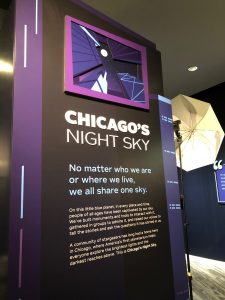
Light pollution is an excessive use of artificial light that makes it difficult to see stars and other bodies in the night sky. It is particularly a problem in Chicago, which is one of the most light-polluted metropolitan areas, according to the Revelator. The blue light from these new LED streetlights, may also pose a risk to humans and animals, said Audrey Fischer, a light pollution activist.
“Chicago remains the poster child for light pollution [despite] thousands and thousands of documents from scientists of all different fields agreeing on a consensus that our light pollution will increase the health risk to the people,” Fischer told the Chicago City Council during the public comment session of its September 18, 2019 meeting.
Light pollution may affect the circadian rhythm, said David Blask, a professor and head of the laboratory of chrono-neuroendocrine oncology in the Department of Structural and Cellular Biology at the Tulane University School of Medicine.
According to the National Sleep Foundation, the circadian rhythm is an internal clock that cycles between drowsiness and alertness and effectively tells the body when to wake and when to sleep. Blask has researched the connection between a disrupted circadian rhythm and growth of cancerous cells.
“Exposure of human subjects to bright light at night suppresses the nocturnal circadian melatonin signal, resulting in high, daytime-like rates of tumor metabolism and growth,” Blask wrote in the conclusion of his study.
Fischer said her passion for combatting light pollution stems from the connection to cancer; at age 19, she was diagnosed with teratoma ovarian cancer. Originally given three months to live, she was cured after an exploratory surgery.
Her latest project involves combatting the LEDs being implemented by the city.
According to Michael Claffey of CDOT and the Chicago Smart Lighting Program, the city relied on the guidance of national experts— including the U.S. Department of Energy, the American Medical Association, Pacific Northwest National Laboratory and the Illuminating Engineering Society—in creating this lighting program. The lights themselves comply with AMA’s recommendation that LED streetlights are 3000 Kelvin (a measure of the temperature of light) or less.
“These lights are designed to be fully shielded, meaning that they focus light downward on the street and sidewalks,” Claffey said. “They are intended to reduce the light pollution that is associated with the orange haze associated with the outdated, high-pressure sodium streetlights.”
However, the potential light pollution of these LEDs is still a concern for Adler Planetarium group Youth Organization for Lights Out. Led by Rosalia Lugo, the teen program researches light pollution, plans night sky observations and helps students obtain volunteer hours needed to graduate.
Araceli Magana, a senior at the World Language High School in Little Village has been a member of YOLO since its beginning. She said it started with a conversation about how she and other students couldn’t see starlight in the city, and wanting to understand light pollution.
“[YOLO has] made me become a communicative person with people I’ve never seen before and people from all sorts of backgrounds,” Magana said. “The impact from other young people who share similar ideas like me has led to improvements in our projects and helped generate new ideas.”
While Fischer, Lugo and YOLO are working on creating awareness about light pollution, others are working on solutions.
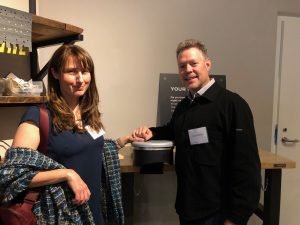
Lara and David Mitchell of Alberta, Canada, are the owners of lighting manufacturing company Lumican. Their solution to light pollution is an amber light that is fully shielded with an adjustable back flap to help the direction of the light. According to Lumican, amber light is less likely to scatter and therefore better to combat light pollution.
Due to the city of Chicago’s contract with other lighting companies, Lara Mitchell said the struggle has only really begun in the Chicago area. “This is the time to educate but there is a barrier around some people on knowing what is right,” she said.
Fischer said the work of groups like YOLO and companies like Lumican help light pollution to be understood in the mainstream. Restoring starlight, she said, is her ultimate goal.
“These kids should have a life where they see stars in their backyards,” Fischer said.


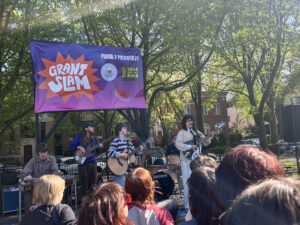
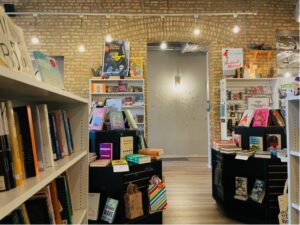


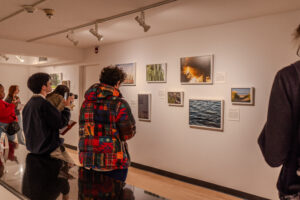
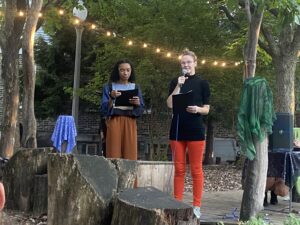



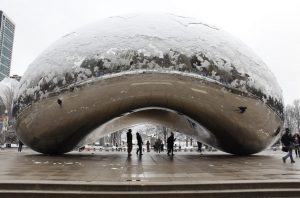
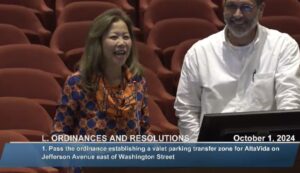
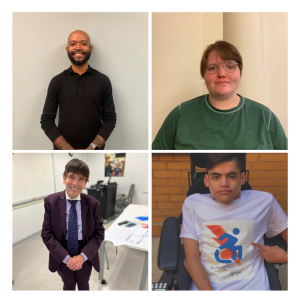





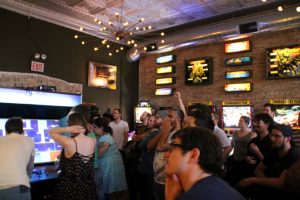
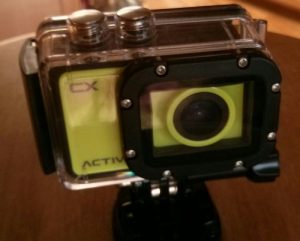
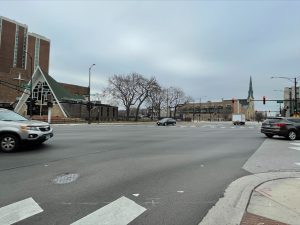


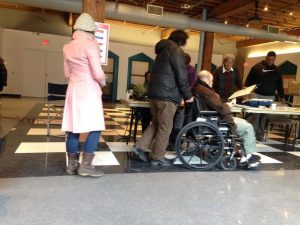
Be First to Comment